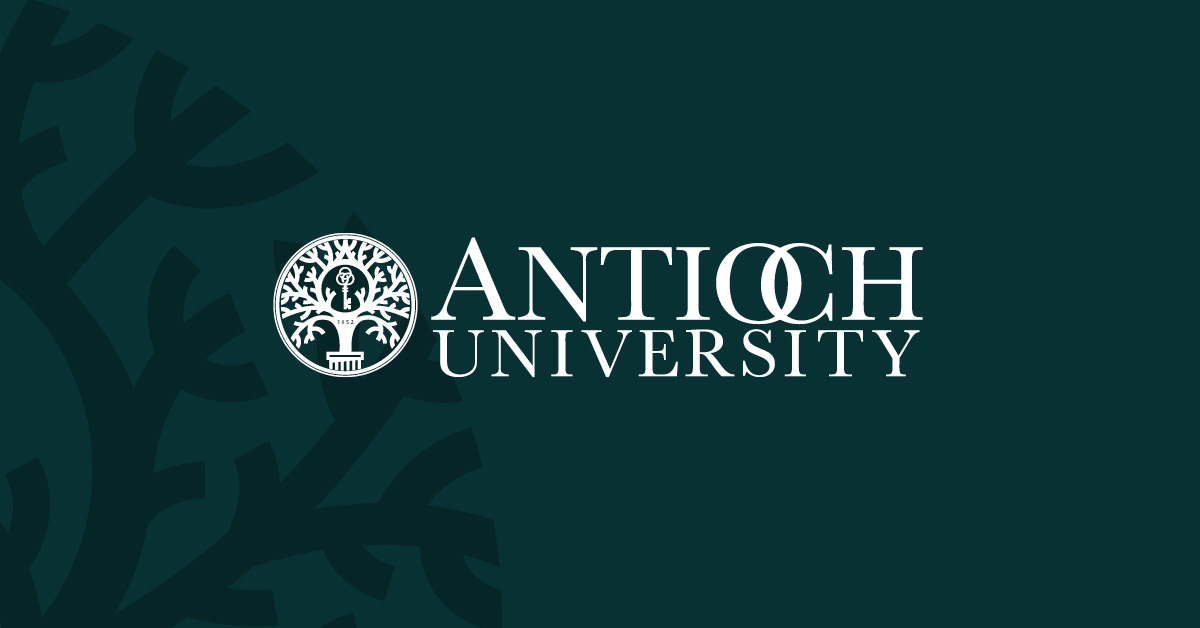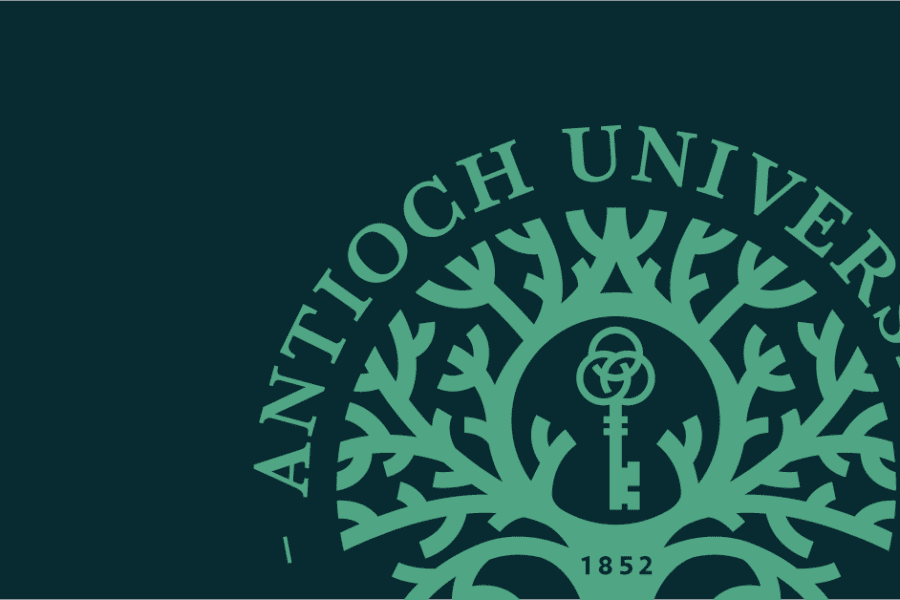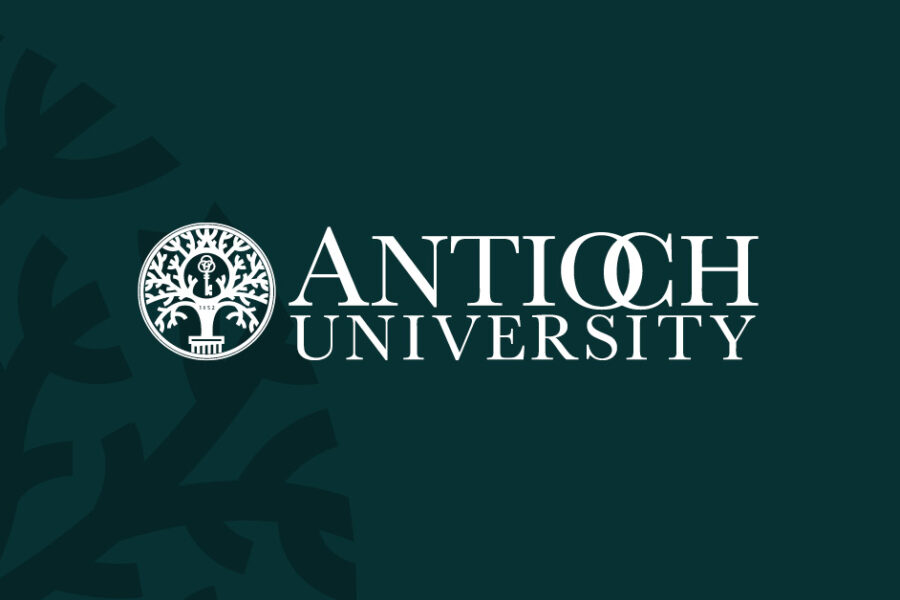Greetings Students:
As you know, we are all watching the news, listening to the experts, and trying to assess the best and safest course of action to protect the health and safety of our students, faculty, and staff during this pandemic. While the curves of new cases have started to flatten and some states are beginning a phased approach to reopening their economies, the numbers of new cases and daily deaths are still quite high. We will pass 90,000 deaths in the US sometime this week.
Therefore, while I had initially hoped we were only transitioning our courses and programs to remote delivery modalities for the tail-end of Spring and early summer semesters until our public health systems could ramp up to better handle the pandemic, things have not progressed sufficiently for us to safely reopen for the remainder of the summer (through August).
Even if it were permissible to reopen, the factors that will be important in any decision to do so include:
- The rate of new cases in the New England and Mid-Atlantic areas. Where are we on the curve?
- The availability of wide-spread testing, both diagnostic-viral testing, and antibody testing.
- The ability of the public health departments to do adequate contact-tracing and quarantine orders.
- The availability of a vaccine.
- The availability of a cure.
Based on the evidence at hand, and the continued lack of testing capacity, we have made the decision to keep our building closed throughout the entire summer.
I know it is difficult for everyone to stay focused, keep the momentum going, and to plan for a future that resembles the life we had as recently as February. That said, I am confident that Antioch will emerge stronger, prepared not only to manage well during a crisis but also prepared for the next phase of our national and global adventure.
Looking forward—many in our community have been asking about our plans for the fall semester. It is likely that many states in the New England area will continue to lift some restrictions throughout the summer, but that may not determine whether we are ready to return to a full campus schedule this fall. I am currently working with a task force of campus leaders and university administration to sketch a set of key indicators that will help us decide whether, when, and how to open our building and have a “safe start” for our fall semester. Once we know what they are, we will let you know.
Any return to the campus building in the fall semester will likely be on a limited basis. Some classes will meet on campus, and some limited access to campus services and spaces may be available. We may attenuate the schedule somewhat to decrease the daily population and reduce risks of exposure. In any event, the decision will be made with a focus first on health, and then on program needs and the quality of student learning. As we make progress, look for information from your program chair or director. Our decision to remain closed is one that almost every university is making in a similar way. I want you to know that we value the experience of being together and the importance of presence to learning in many cases. For the time being, though, concerns about health take priority.
I also wanted to remind students in campus-based programs (designated as such prior to the national health emergency) that you may also be eligible for support through the CARES ACT (new window). The Federal CARES Act has made funds available to institutions to distribute to students who have been impacted by the closing of campus facilities. Because the funding to universities can only be used to help students who took a financial hit from the closure of campus facilities in early March 2020, the only expenses that can be claimed are expenses associated with the loss of on-site campus services or with our move to remote instruction. These services include but are not limited to computer use and any associated software programs or online services needed to complete academic coursework or research, access to scanners, access to printers and printing supplies, and library materials. Costs associated with our move to remote instruction include but are not limited to course readers, enhanced WiFi service or internet speed in your home, laptops or other devices necessary for course access, or other expenses associated with the establishment of a home environment conducive to participation in your classes.
To be eligible you need to be a currently enrolled student in a Title IV eligible program and have a FAFSA on file. If eligible, you can request funds to cover costs associated with having to work through courses remotely, such as Wi-Fi access, home office supplies, additional software needed to complete assignments, etc. We recognize, though, that even a little bit of support might go a long way for some of our students, and we also recognize that some students might be in greater need than others at this point in time. Please see the attached document for a complete explanation related to eligibility and how to apply. Please be advised that you MUST use your Antioch.edu email to access the form. If you have questions please contact Antioch University Financial Aid at [email protected].
I would like to thank you for your perseverance, your commitment to Antioch, and to your program of study. More updates to follow throughout the summer. Stay safe!
—
Shawn M Fitzgerald, PhD
Provost and CEO
Antioch University New England



